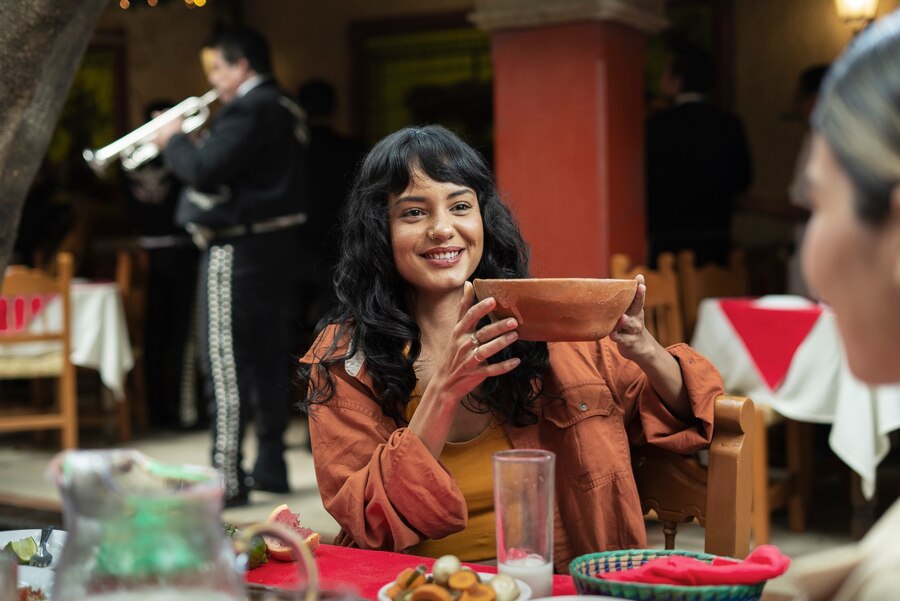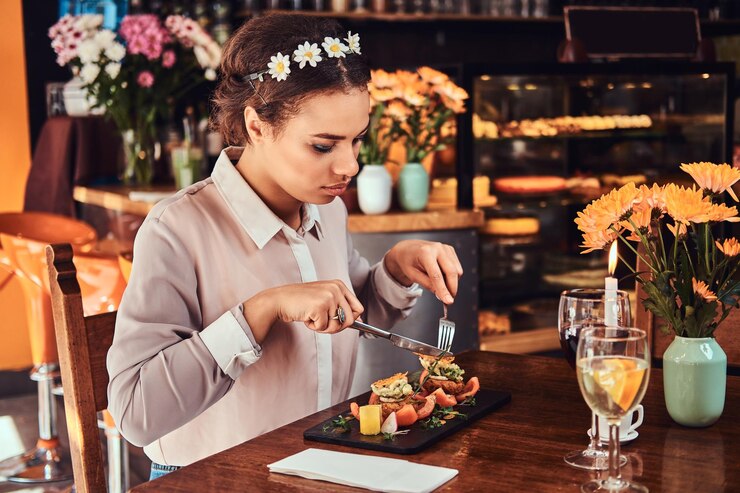Culinary travel is an enriching experience that allows travelers to explore the world through its diverse flavors and dishes. Each destination offers a unique gastronomic journey, revealing the culture, history, and traditions that shape its cuisine. From street food stalls to fine dining restaurants, the culinary landscape is a feast for the senses. This article delves into the essence of culinary travel, highlighting how to savor flavors from around the world and create unforgettable memories.
The Essence of Culinary Travel

1. Discovering Local Ingredients
At the heart of every cuisine are the local ingredients that define its flavors. Culinary travel encourages travelers to explore markets, farms, and artisanal producers to understand where their food comes from. Engaging with local farmers or visiting food markets can provide insights into traditional practices and seasonal produce.
2. Experiencing Cultural Heritage
Food is a reflection of culture and tradition. Each dish tells a story about the people who created it, their history, and their way of life. By tasting local dishes, travelers gain a deeper appreciation for the cultural heritage of a destination. For example, enjoying a traditional Italian pasta dish in a family-run trattoria connects you to generations of culinary craftsmanship.
3. Engaging with Locals
Culinary travel often involves interacting with locals who are passionate about their food culture. Whether through cooking classes, food tours, or casual conversations at markets, these interactions enrich your travel experience. Locals can share recipes, cooking techniques, and personal stories that enhance your understanding of their cuisine.
Tips for Savoring Flavors Around the World
1. Join Food Tours
Participating in guided food tours is an excellent way to sample various dishes while learning about local culinary traditions. These tours often take you off the beaten path to hidden gems that may not be found in guidebooks. Look for tours that focus on street food or specific regional cuisines for an authentic experience.
2. Attend Cooking Classes
Taking a cooking class while traveling allows you to learn firsthand about local ingredients and cooking techniques. Many classes include visits to local markets where you can select fresh produce before preparing traditional dishes under the guidance of skilled chefs.
3. Explore Street Food
Street food is often where you’ll find some of the most authentic and delicious offerings in any city. From taco stands in Mexico City to banh mi vendors in Vietnam, street food reflects local flavors and culinary creativity. Be adventurous—try dishes you’ve never heard of!
4. Dine at Family-Owned Restaurants
Seek out family-owned eateries that prioritize traditional recipes and locally sourced ingredients. These establishments often provide a more intimate dining experience and showcase authentic flavors that reflect the heart of the community.
5. Document Your Culinary Journey
Keep a travel journal or create a blog to document your culinary experiences. Writing about the dishes you try, the people you meet, and the stories behind each meal can help preserve those memories long after your trip ends.
Conclusion
Culinary travel is a delightful way to explore the world through its flavors while fostering connections with people and cultures along the way. By engaging with locals, participating in cooking classes, and savoring authentic dishes, travelers can create unforgettable memories that last a lifetime. So pack your bags and prepare your palate—an extraordinary gastronomic adventure awaits!
FAQs
Q1: What is culinary travel?
A1: Culinary travel involves exploring different cultures through their food, including tasting local dishes, visiting markets, taking cooking classes, and engaging with local chefs.
Q2: How can I find authentic local cuisine while traveling?
A2: Research local food scenes before your trip, seek recommendations from locals, explore markets and street food stalls, and consider joining food tours.
Q3: Are street food tours safe?
A3: Yes! Street food tours led by knowledgeable guides can be safe and enjoyable experiences. Just ensure you choose reputable tour operators and follow basic hygiene practices.
Q4: What should I pack for culinary travel?
A4: Pack comfortable clothing for cooking classes or market visits, a reusable water bottle, a small notebook for jotting down recipes or experiences, and any necessary dietary supplements if needed.
Q5: Can I recreate these dishes at home?
A5: Absolutely! Many cooking classes provide recipes to take home, allowing you to recreate your favorite dishes using locally sourced ingredients or substitutions available in your area.
